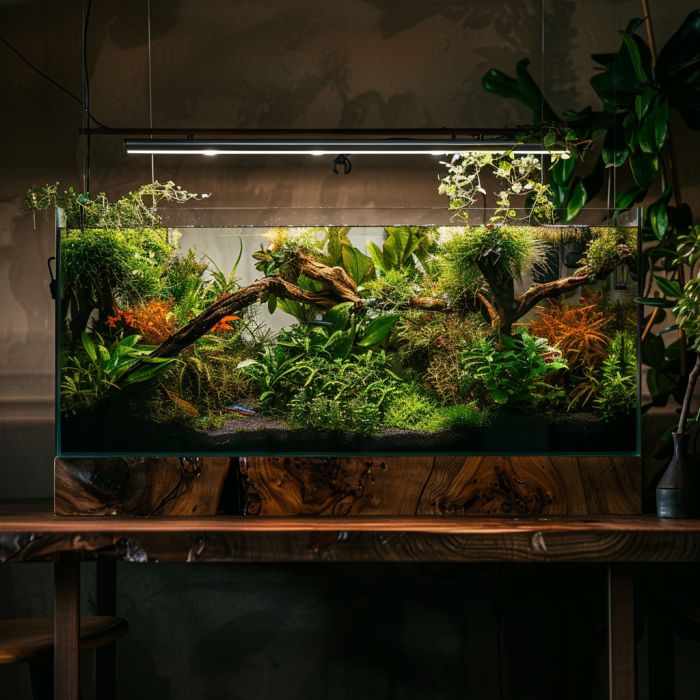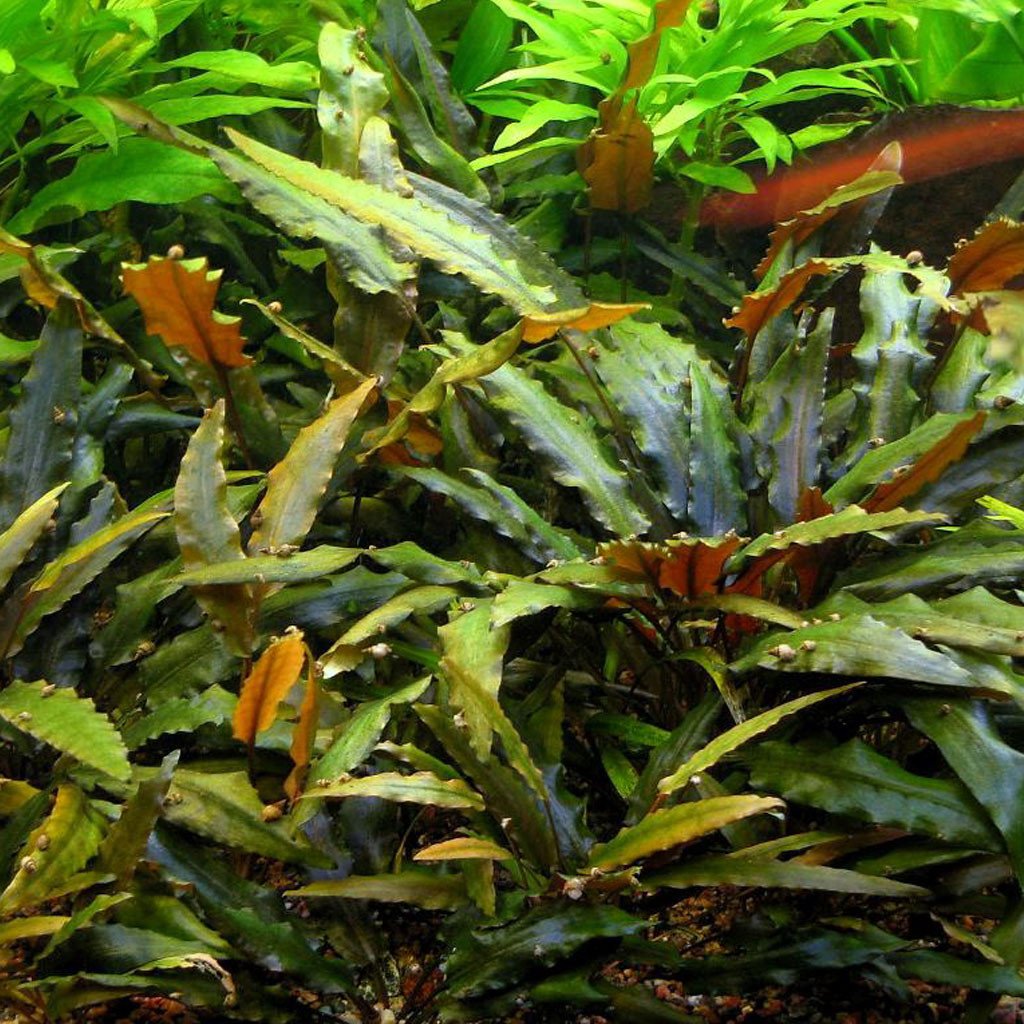
How to Choose the Best Substrate for Your Planted Aquarium
When it comes to creating a thriving planted aquarium, choosing the right substrate is one of the most critical decisions you'll make. The substrate serves as the foundation for your plants, providing essential nutrients and anchoring their roots. In this guide, we’ll explore the key factors to consider and help you select the best option for your aquatic plants.
1. Understand Your Plant’s Needs
Different aquatic plants have different requirements. While hardy plants like Java Fern and Anubias may not rely heavily on nutrient-rich substrate, species like Dwarf Baby Tears or Amazon Swords demand a substrate that can supply key nutrients like iron, potassium, and magnesium.
2. Types of Substrates
There are three main types of substrates to consider for planted tanks:
A. Nutrient-Rich Substrates
These are pre-loaded with nutrients and are ideal for beginner and advanced hobbyists alike. Popular options include brands like Seachem Flourite and ADA Aqua Soil. They are perfect for tanks densely planted with demanding species.
B. Inert Substrates
Gravel or sand falls into this category. While they lack nutrients, they can be supplemented with root tabs or fertilizer. Inert substrates are often chosen for aesthetic appeal or for tanks with plants that don’t need heavy feeding.
C. Blended Substrates
Some aquarists layer nutrient-rich soil beneath a decorative layer of sand or gravel. This approach allows you to enjoy the best of both worlds: nutrients for plants and a clean, stylish look.
3. Grain Size and Aesthetics
The grain size of your substrate can impact water flow and root penetration. Fine-grained substrates are excellent for carpeting plants like Monte Carlo, while larger gravel may inhibit root growth. Aesthetically, choose colors that complement your aquascape design.
4. Maintenance and Longevity
Some substrates, like nutrient-rich soils, can break down over time and release ammonia, requiring more frequent water changes initially. Consider the lifespan of the substrate and whether you’re prepared for the maintenance it might involve.
5. Budget and Tank Size
For larger tanks, substrate costs can add up quickly. Plan your budget based on the tank size and type of plants. Nutrient-rich substrates may require a higher upfront investment but often lead to better plant health in the long run.
Final Thoughts
The right substrate will set the stage for a lush, vibrant planted aquarium. Take the time to assess your plants' needs, tank size, and budget before making a decision. Remember, you can always enhance a basic substrate with fertilizers and root tabs to give your plants the nutrients they need to thrive.






